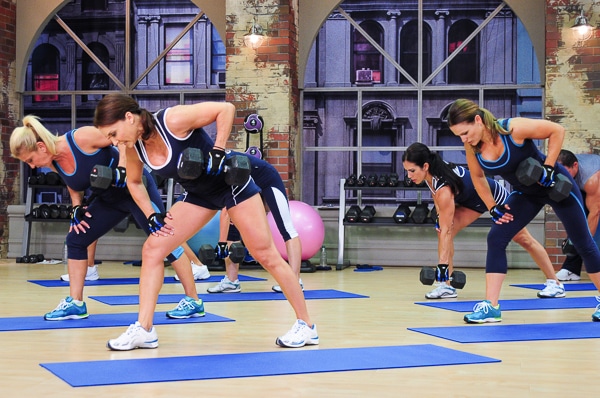Getting fit, developing greater endurance, power or lean body mass, doesn’t happen overnight. To improve your fitness level you have to stress your body in a way that forces it to adapt to the stress you’re putting on it. With adaptation comes change. There are three main principles that influence fitness gains, both endurance, and strength. It’s important to understand these principles if you want to build lean body mass or get fit in any capacity. By being aware of them, you can adjust your workout to meet your needs and goals.
The Overload Principle
Whether you’re trying to build lean body mass or increase endurance, the overload principle applies. The overload principle simply says you have to put your body under greater stress than it’s accustomed to for change to occur. That means you have to progressively increase the stress you put on the muscle fibers to see continued gains in strength and mass.
People often lose sight of this fact. They become comfortable doing a particular routine using a certain amount of weight and reps and never really move beyond that. Then they wonder why they’re not seeing change. That’s because they’re in “maintenance mode.” The point to remember here is your body eventually adapts to the stress you’re putting on it and stops changing. The overload principle also applies to endurance training. To increase endurance, you’ll need to push yourself to go longer so your body adapts.
The Specificity Principle
The specificity principle applies to all types of fitness training. To become better at a particular sport you need to develop skills relevant to that specific sport. To become a better runner, you need to run. Even though you can improve your aerobic capacity by swimming or cycling, you won’t improve running economy or running technique, factors that are also important for running longer or faster. Again, there’s sports specificity.
The same applies to the type of gains you make. If you want to develop power, focus on power moves like plyometrics that activate fast-twitch muscle fibers. Running long distance activates mostly slow-twitch fibers and develops endurance, not power, so running long distances at a steady pace won’t give you the specific training effect you’re looking for.
The specificity principle also applies to weight training. To build upper body strength or mass, you work your upper body muscles against resistance, using the principle of progressive overload. Lunges and squats that work the lower body will do little to build upper body strength and definition.
The way you train is also specific to the type of gains you make. If you want to build strength, doing a high number of reps with a light weight won’t get you very far since this type of workout builds muscular endurance. To build strength, you have to maximize the amount of weight you lift and lift that heavier weight to near failure. As with sports training, the resistance you’re using, the muscles you’re working and the number of reps impacts the results you get.
Reversibility Principle
It would be nice if training gains were permanent – once you build strength or lean body mass, it stays with you even if you lie on the couch all day. Sadly, that’s not the way it works. Blame it on the reversibility principle.
Just as you train your body to adapt, stop doing it and you’ll lose the benefits. In terms of resistance training, your muscles begin to decrease in size when you stop training and you won’t be able to lift as much weight. For endurance training, you can’t do an activity as long without feeling fatigued or winded.
Sadly, the length of time it takes to “detrain” is shorter than the time it took to achieve those gains in the first place. Aerobic capacity begins to decline as quickly as 10 days after you stop training. Muscular endurance declines more rapidly than strength when you stop training, but overall strength gains are maintained for a longer period of time than aerobic capacity.
Fortunately, even if you stop training for a few weeks or even a few months, you’ll recoup those gains faster when you begin training again because you’ve formed neural pathways that are reactivated. This is the concept of muscle memory or sports memory. Even after not riding a bicycle for years, you can still get on one and ride years later, thanks to “memory.”
Even if you can’t train as often, you can retain most of the gains by simply cutting back on how frequently you train while still maintaining the intensity.
The Bottom Line?
Having a better understanding of the principles that impact fitness training helps you tailor your workout to get maximal benefit. Keep them in mind when planning your workouts.
References:
Schmidt, R.A. and Wrisberg, C.A. Motor Learning and Performance. Champaign, IL.
Exercise Physiology. Fifth edition. 2001.
Related Articles By Cathe:
4 Principles of Resistance Training and How Some People Get Them Wrong
New Study Sheds Light on Best Way to Build Strength
Related Cathe Friedrich Workout DVDs:
STS Strength 90 Day Workout Program
All of Cathe’s Strength & Toning Workout DVDs
Total Body Workouts
Lower Body Workouts
Upper Body Workouts


